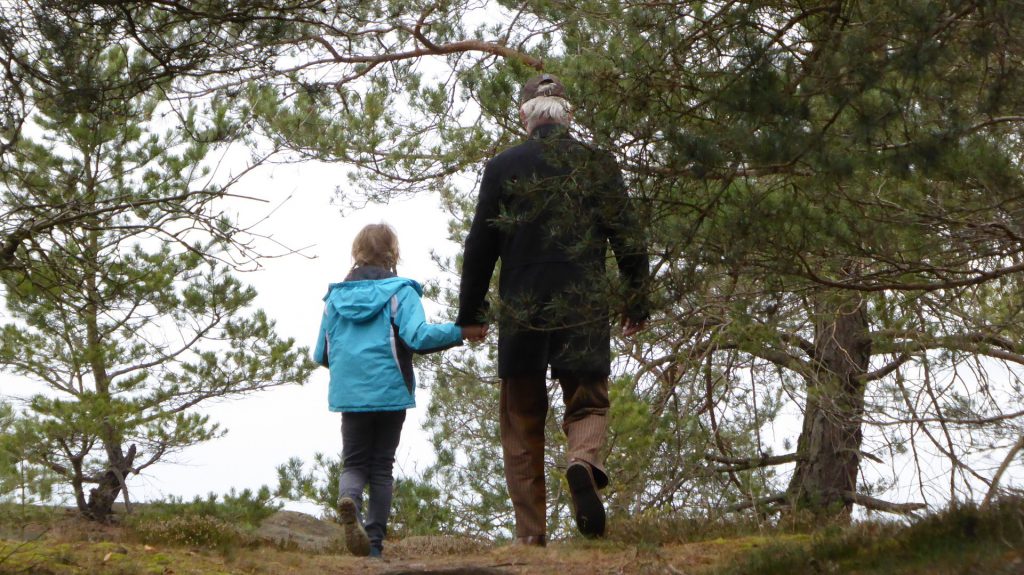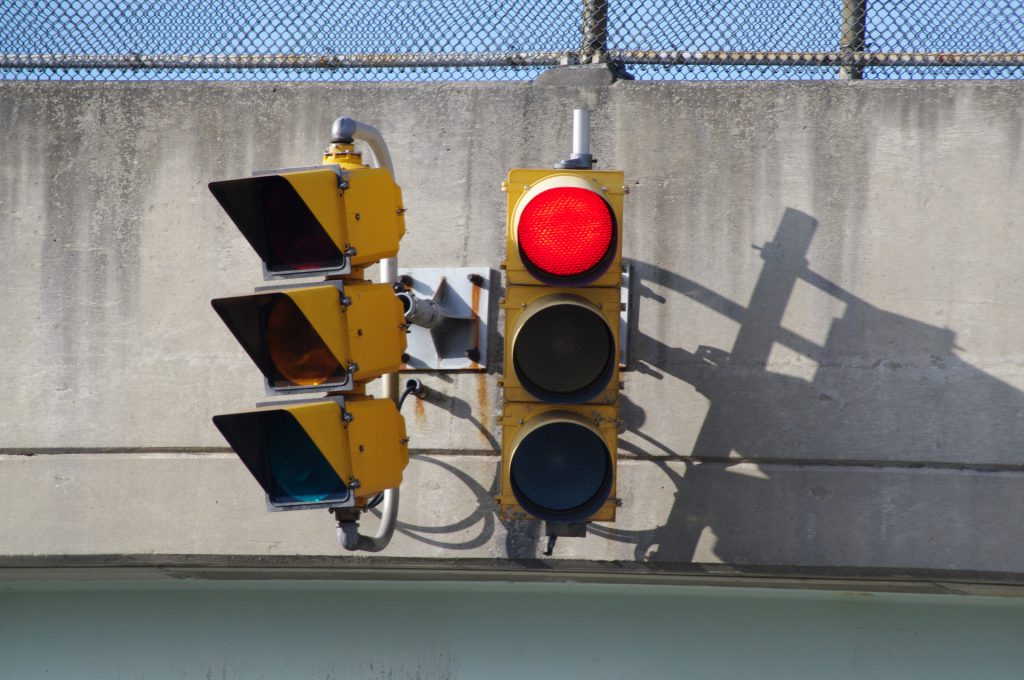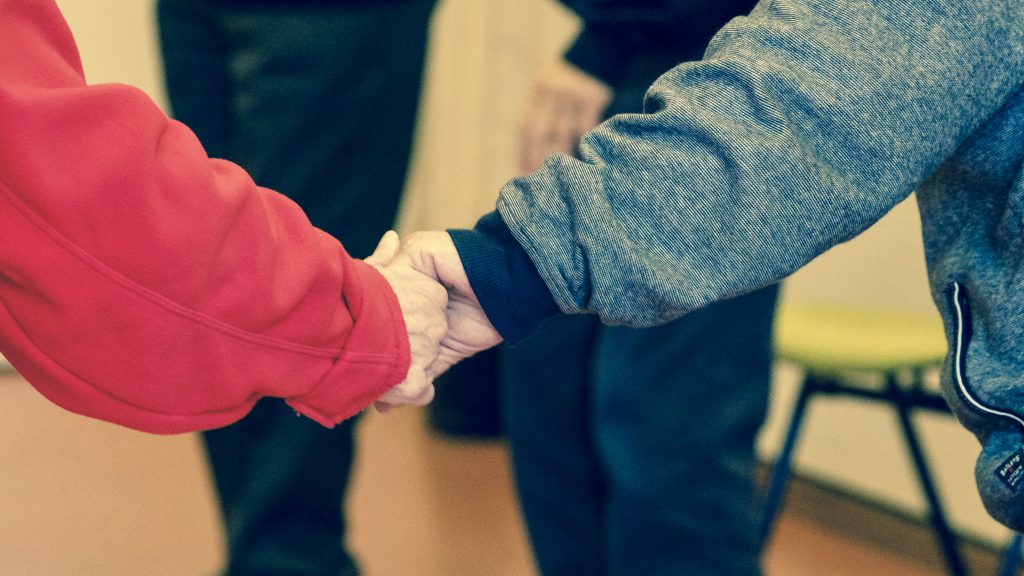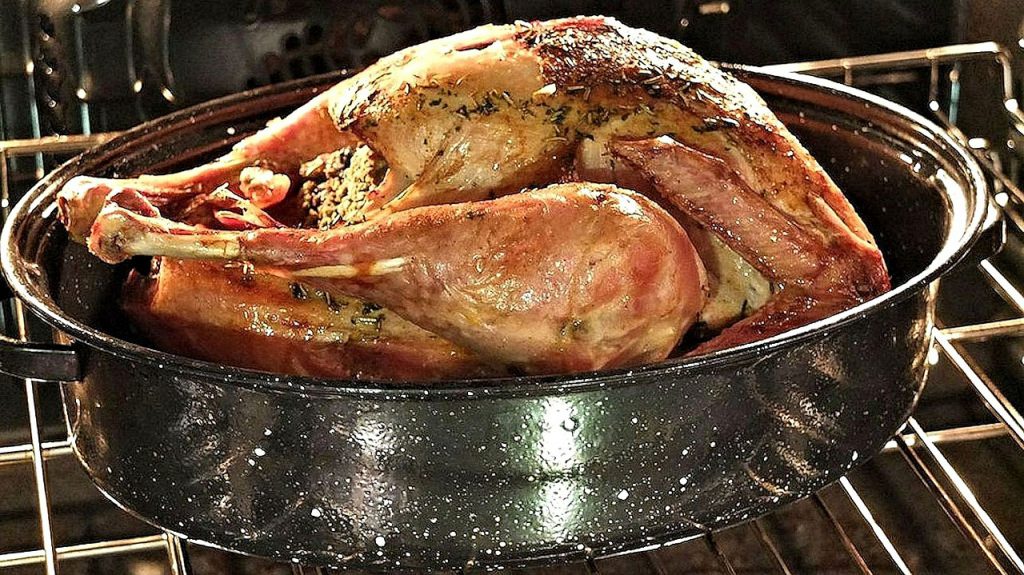Take a Walk with Parents and Grandparents

Spending time with your children and having your children be with their grandparents is special and valuable. While physical distance may make it difficult for your children to spend time with their grandparents, it’s great to take every chance for them to be together. Your children can learn a lot from their grandparents, and your children are sure to make their grandparents’ days!
Walking is the most popular physical activity in the world. You can walk fast or slow and everyone can do it no matter how big or small, making it a great activity for multiple generations of family members to do together. You can walk together and share stories from your childhood with your children, and your parents can share as well. Once you get to talking, the time will go by fast and you won’t even realize how long you’ve been walking!
If you don’t get the chance to see your parents very often, there are many ways that you and your children can stay in touch with them. Visit them when possible if they live nearby. Also, schedule regular times to give them a call so everyone can catch up. Technology today makes it easier than ever to keep up with our long-distance family and friends. For more tips on keeping in touch with your family, visit http://kidshealth.org/en/parents/grandparents.html.
What day this week can you visit together with your children and your parents?
Red Light, Green Light

Red Light, Green Light is a great way to get young children running! Simply jogging on a track can be boring for children, but Red Light, Green Light turns running into a fun game. It can also help children understand the meaning of the different colors on traffic lights.
You’ll need at least 3 players, but you can have as many players as you want as long as there’s room to run (whether in your yard or at the park). Decide which player is “it” first. This player will stand opposite the rest of the players (make sure there’s lots of space in between). The players at the other end should stand in a row at the starting line. To start, “it” calls “Green Light” so the players can start running toward “it.” But once “it” calls “Red Light,” the players must completely stop where they are–if the players don’t stop, they must return to the starting line. “It” should continue to call “Green Light” or “Red Light” as they choose until one of the players reaches them. The first player to reach the player who’s “it” wins, and the winner is “it” for the next game.
Where will you and your family play Red Light, Green Light?
Red Rover

Red Rover is a fun outdoors game for larger groups of children (at least 6). Children should divide into two equal teams (for example, with a group of 6, each team should have 3 players each) and stand about 30 feet apart. Since a lot of space is needed, children should play Red Rover outside. Each team should hold hands to form a “chain.” When the first team says “Red Rover, Red Rover, send (player’s name) on over!” the player on the opposite team whose name who was called should run toward the other team and try and break through their chain (children should only run through the linked hands). If the player cannot break through the chain, they must join that team’s chain. If the player does break through the chain, they return to their team and bring one player with them (one of the players whose chain was broken). Teams should alternate turns until all players are on one team.
Encourage children that while the goal of the game is to break through the chain that safety can still be maintained. Children should not hold hands too tightly or push the children trying to break through the chain. Likewise, children trying to break the chain should not run too forcefully to break the chain
Since Red Rover requires multiple players, playing can be a great opportunity for your children to invite their friends and neighborhood children to join them.
Who can your children play Red Rover with?
Preparing a Safe Turkey Dinner
If you are preparing for Thanksgiving, or just making a turkey, it is always good to follow food safety procedures and to make sure you know exactly what you’re doing. It is important to always use a food thermometer to make sure that the temperature reaches 165 degrees Fahrenheit so that bacteria that can cause foodborne sickness are reduced. There are lots of things that can determine the roasting time of the entire turkey which is how frozen it is, how the evenly the oven heats, if the turkey is stuffed, what type of a pan you use if it has a lid, and how the turkey fits in the pan. These things can all affect the time it takes for the turkey to cook and should be assessed prior to cooking.
 When roasting a turkey, it is standard procedure to set the oven to 325 degrees Fahrenheit or higher. The oven does not need to be preheated to do this. Another great and important tip is to make sure that the turkey is completely thawed before cooking it. A temperature of 40 degrees Fahrenheit or below is acceptable. Also, placing the turkey with the breast facing up on a flat wire rack is best for roasting a turkey. Putting it in a roasting pan that is 2-2½ inches deep is recommended. Make sure to tuck the tips of the wings under the shoulders of the turkey and add a half-cup of water to the bottom of the pan for moisture. You can put a tent of aluminum foil over the breast during the first hour or so and remove it or you can choose to wait until it is a golden brown to place the tent.
When roasting a turkey, it is standard procedure to set the oven to 325 degrees Fahrenheit or higher. The oven does not need to be preheated to do this. Another great and important tip is to make sure that the turkey is completely thawed before cooking it. A temperature of 40 degrees Fahrenheit or below is acceptable. Also, placing the turkey with the breast facing up on a flat wire rack is best for roasting a turkey. Putting it in a roasting pan that is 2-2½ inches deep is recommended. Make sure to tuck the tips of the wings under the shoulders of the turkey and add a half-cup of water to the bottom of the pan for moisture. You can put a tent of aluminum foil over the breast during the first hour or so and remove it or you can choose to wait until it is a golden brown to place the tent.
For the best practice of food safety, cooking the stuffing separate from the turkey is recommended. If you do choose to stuff your turkey, make sure that the stuffing has already been mixed together and do not stuff it too tightly. Additional time will be added for stuffed turkeys for these things to cook inside. To make sure the turkey is safe, make sure to measure the internal temperature and that it is at least 165 degrees Fahrenheit. When you take it out of the oven, let the turkey cool for 20 minutes before carving the turkey or removing the stuffing from it. Enjoy your turkey this Thanksgiving knowing that it is food safe and good to eat!
Written by: Taylor Davis, EFNEP Volunteer
For more information on turkey temperatures and food safety visit this website:
https://www.fsis.usda.gov/wps/portal/fsis/topics/food-safety-education/get-answers/food-safety-fact-sheets/poultry-preparation/turkey-basics-safe-cooking/CT_Index
Movin’ and Groovin’

Children of all ages should get at least 60 minutes of physical activity. This can come in many forms, from swimming to a game of “Duck, Duck, Goose.” It may seem like toddlers and younger children don’t need as much exercise, but toddlers should get 30 minutes of structured and 60 minutes of unstructured activity daily. Structured activity should be adult-led, while unstructured is free play.
Dancing is great for all ages and can be an easy way for toddlers to be active. Toddlers love to move to the beat and sing along. Choose a fun song and get moving with your toddler. Young children and teens like to show off their moves too, so dancing can be activity for the whole family!
It’s important for toddlers to get physical activity everyday to help them grow and learn healthy habits early in life. While they may not be able to do everything older children and adults can, there are still many activities they can do. Also, you can modify activities to make them more age-appropriate. For example, rather than playing a structured game of soccer, older toddlers can still kick a ball around with you. To learn more about activity for your toddler, check out http://kidshealth.org/en/parents/active-toddler.html?WT.ac=p-ra.
What days will you dance with your kids this week?